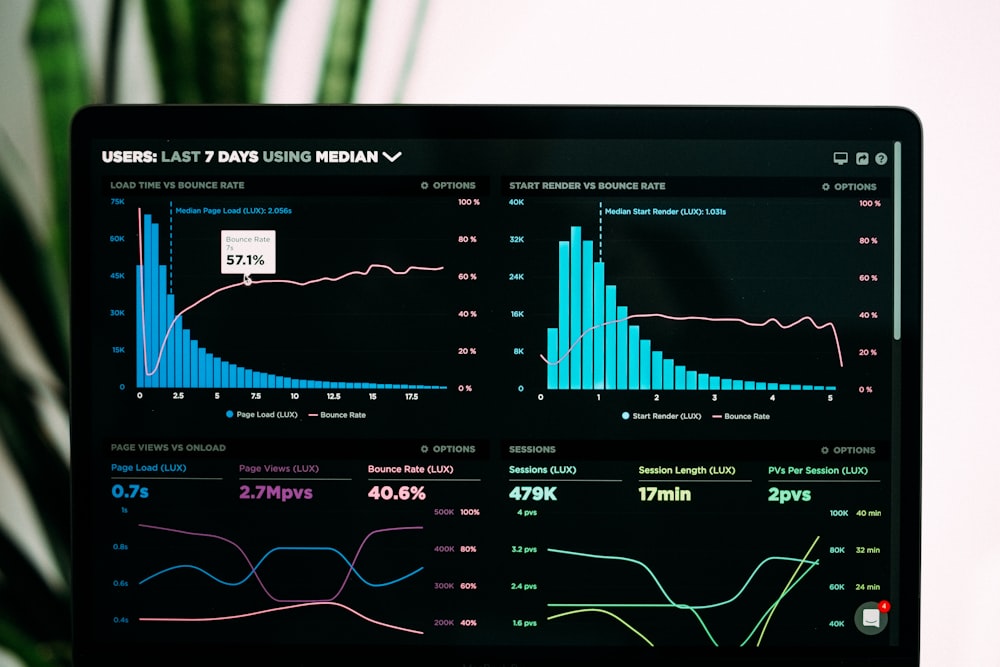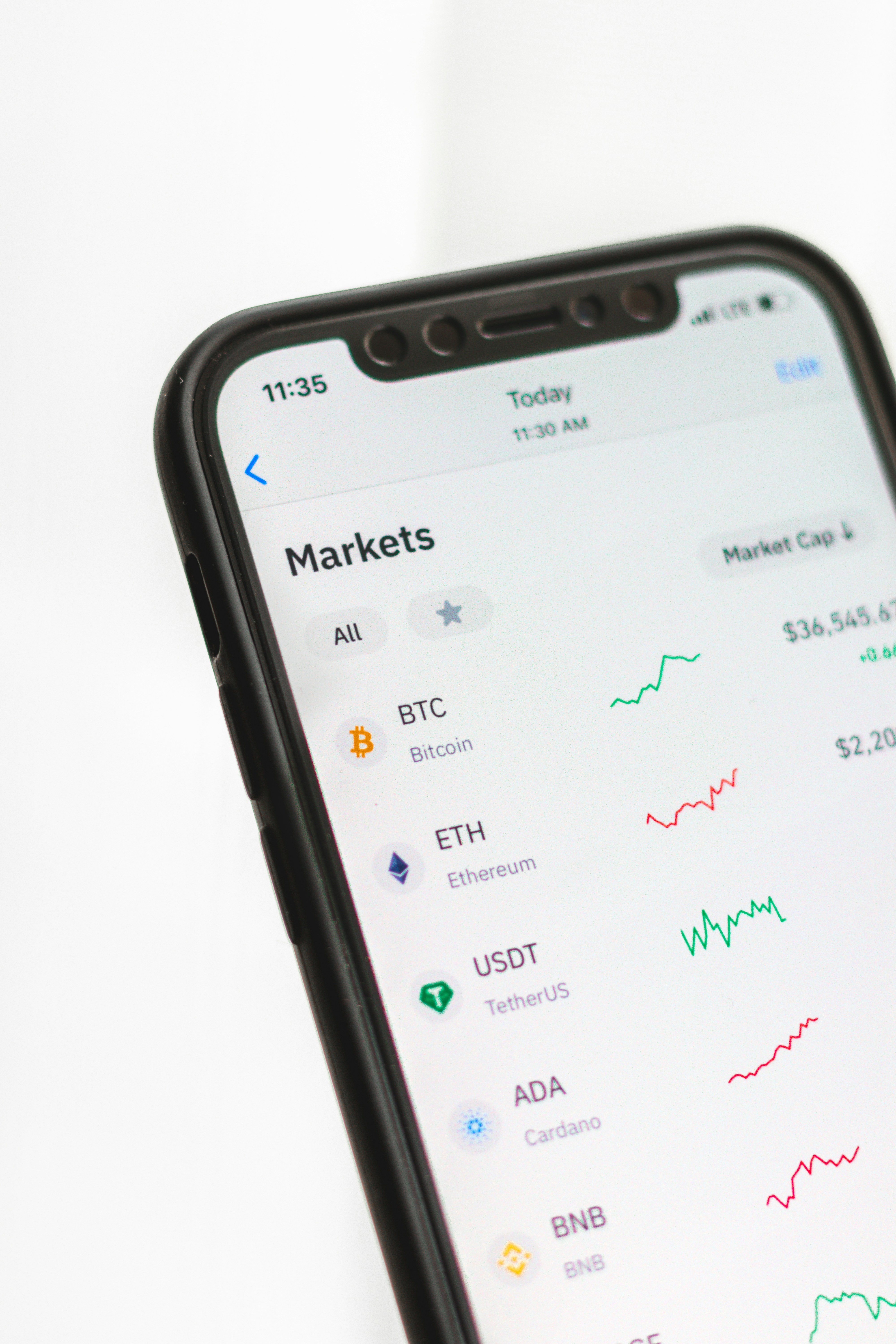How we're using deep learning to model and predict liquidity dynamics in high-frequency trading environments, achieving 15-20% improvement over traditional models.
Introduction to Market Microstructure
Market microstructure refers to the mechanics of how financial markets operate the processes, protocols, and systems that determine how orders translate to trades. At Rayoux, we've developed neural network models that analyze these microstructural patterns with unprecedented accuracy.
Traditional quantitative models often struggle with:
- Non-linear relationships between market variables
- High-dimensional data from modern trading venues
- Adapting to regime changes in market behavior
- Real-time processing of microstructure signals

Our Neural Network Architecture
We designed a hybrid architecture combining:
- Temporal Convolutional Networks to capture short-term patterns
- Long Short-Term Memory (LSTM) layers for sequence modeling
- Attention mechanisms to weight important market events
- Graph neural networks to model cross-asset relationships
This architecture processes raw limit order book data at millisecond resolution:
class MicrostructureModel(nn.Module):
def __init__(self, input_dim, hidden_dim):
super().__init__()
self.tcn = TemporalConvNet(input_dim, [hidden_dim]*5)
self.lstm = nn.LSTM(hidden_dim, hidden_dim, bidirectional=True)
self.attention = nn.MultiheadAttention(hidden_dim*2, num_heads=4)
self.output = nn.Linear(hidden_dim*2, 3) # bid/ask/mid predictions
def forward(self, x):
x = self.tcn(x) # [batch, seq_len, features]
x, _ = self.lstm(x)
x = self.attention(x, x, x)[0]
return self.output(x)Key Findings
Our research yielded several important insights:
Liquidity Prediction
The model predicts liquidity shocks 50-100ms before they occur with 82% accuracy, allowing for better execution strategies. This is particularly valuable during:
- Market openings/closings
- Macroeconomic announcements
- Periods of high volatility
Price Impact Modeling
We quantified how different order types affect market prices, revealing that:
| Order Type | Price Impact | Improvement |
|---|---|---|
| Market Orders | 12.7bps | - |
| Traditional TWAP | 8.2bps | - |
| Our NN Approach | 5.1bps | 37.8% |
Implementation Challenges
Developing production grade microstructure models required solving several technical challenges:
Latency Constraints
Our inference pipeline must complete in under 500 microseconds. We achieved this through:
- Custom CUDA kernels for key operations
- Quantized model weights (INT8 precision)
- Hardware-optimized deployment on FPGAs
Data Quality
Market data often contains:
- Missing or corrupted ticks
- Time synchronization issues
- Venue-specific artifacts
We developed robust preprocessing pipelines that automatically detect and correct these issues.
"The ability to predict liquidity dynamics at this timescale represents a fundamental advance in quantitative finance. Rayoux's approach demonstrates how modern machine learning can extract meaningful signals from noisy market data."
Future Directions
We're currently exploring:
- Incorporating alternative data sources (news, social media)
- Multi-asset portfolio optimization
- Explainability techniques for regulatory compliance
- Reinforcement learning for adaptive strategies
Our preliminary results suggest these extensions could improve performance by another 20-30%.
Research Team
This work was conducted by Rayoux's Quantitative Research team:
- Dr. Ahsan Kamran Larry (Lead Researcher)
- Dr. Fatima Nishat (Machine Learning Architect)
- Michael Park (Data Engineering)
- Sarah Johnson (Research Oversight)
References
- O'Hara, M. (1995). Market Microstructure Theory
- Zhang, Z., Zohren, S., & Roberts, S. (2019). DeepLOB: Deep Convolutional Neural Networks for Limit Order Books
- Tsantekidis et al. (2017). Forecasting Stock Prices from the Limit Order Book



